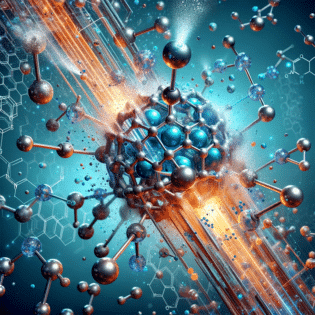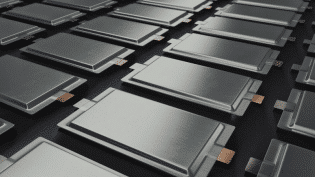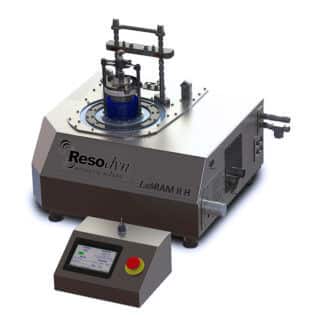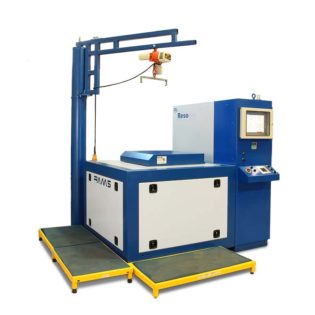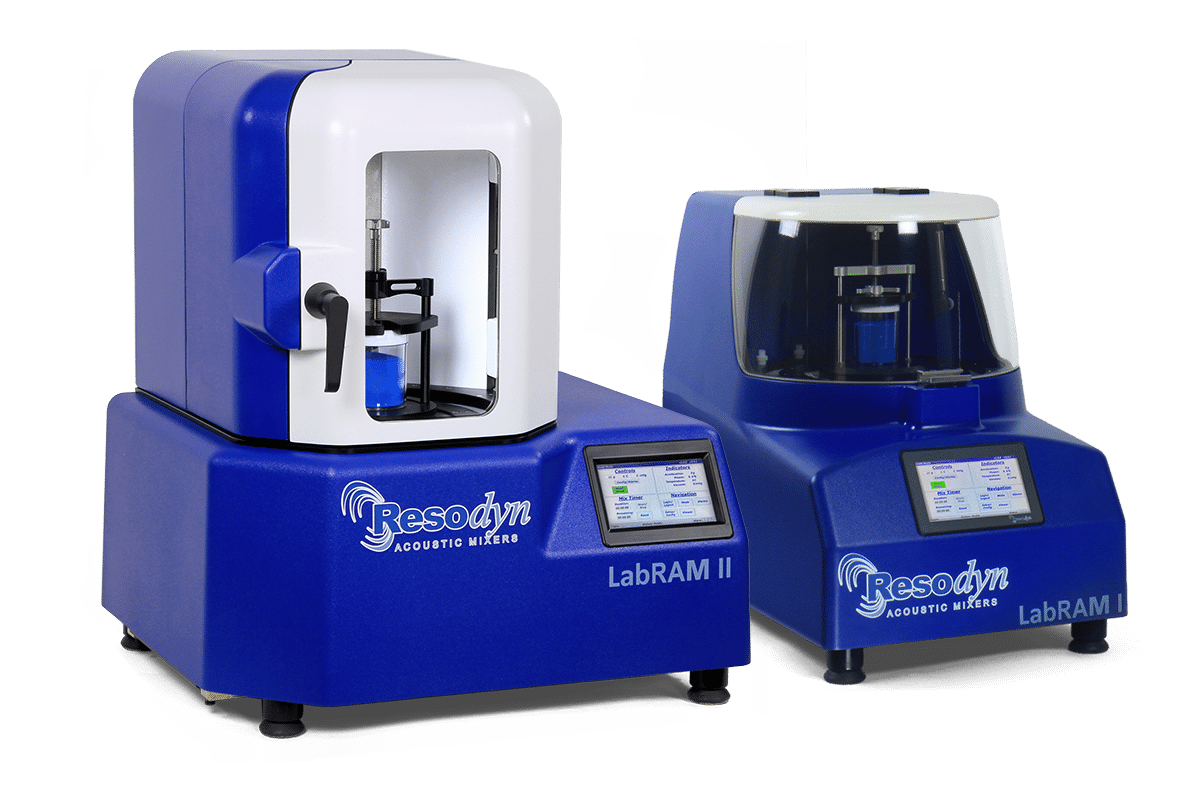
Why Bladeless Mixers Like ResonantAcoustic® Mixing Are Transforming Industries
In industries where precision, efficiency, and product quality define success, mixing technology plays a critical role. Traditional blade- or impeller-based mixers have long been the standard, but companies across pharmaceuticals, batteries, cosmetics, defense, and advanced materials are increasingly turning to bladeless mixing technologies such as ResonantAcoustic® Mixing (RAM). This shift isn’t just about adopting the latest equipment—it’s about solving long-standing production challenges and gaining a competitive edge.
1. No Contact, No Contamination
Bladed mixers rely on mechanical parts coming into direct contact with materials. This creates the risk of contamination, wear particles, and cleaning difficulties—a major concern in highly regulated industries. Bladeless mixers eliminates this issue. RAM systems apply low-frequency acoustic energy that mixes materials quickly and thoroughly without direct mechanical contact. For manufacturers, this means cleaner processes, reduced cross-contamination risks, and simplified compliance with strict quality standards.
2. Superior Homogeneity and Consistency
Achieving uniform distribution of powders, liquids, or viscous materials is notoriously difficult with traditional mixers. Dead zones and uneven shear can lead to inconsistent batches, rework, or failed product testing. Resonant acoustic mixers ensure fast, repeatable homogeneity, even with challenging materials like nano-particles, sticky resins, or multi-phase formulations. Companies benefit from higher quality, fewer rejected batches, and more reliable scale-up from lab to production.
3. Faster Processing, Higher Throughput
Bladeless acoustic mixing is significantly faster than traditional blade systems, often reducing mixing times from hours to just minutes. For businesses, this translates directly into increased production capacity without expanding facilities or workforce. Faster cycles also shorten time-to-market—an advantage in industries where speed drives competitiveness.
4. Handles the Unmixable
Some formulations—ultra-viscous slurries, powders with drastically different densities, or highly reactive energetic materials—simply cannot be processed effectively with blades. Resonant acoustic mixing, on the other hand, thrives in these environments. Its unique energy transfer mechanism mixes materials that conventional equipment can’t handle, opening doors to new product possibilities and enabling companies to innovate without being limited by equipment.
5. Reduced Maintenance and Downtime
Traditional mixers have moving parts that wear, break, or require constant maintenance. Each repair or cleaning cycle means downtime and added cost. Bladeless mixers, with no impellers or seals, dramatically reduce mechanical failure points. The result: lower operating costs and more uptime, allowing teams to focus on production instead of equipment maintenance.
6. Scalable Across Applications
Whether in R&D labs developing new formulations or in large-scale manufacturing plants producing thousands of units, bladeless mixing scales seamlessly. RAM technology offers systems ranging from benchtop to industrial sizes, ensuring consistency at every stage of product development and production.
—
The Bottom Line
For companies seeking cleaner, faster, and more reliable ways to produce high-quality products, bladeless non-contact mixers like ResonantAcoustic® Mixing represent a game-changing technology. They eliminate common pain points of traditional mixing, reduce costs, and empower innovation in industries that demand precision and performance.
Adopting bladeless mixing isn’t just about upgrading equipment—it’s about investing in a smarter, more efficient future for manufacturing.





